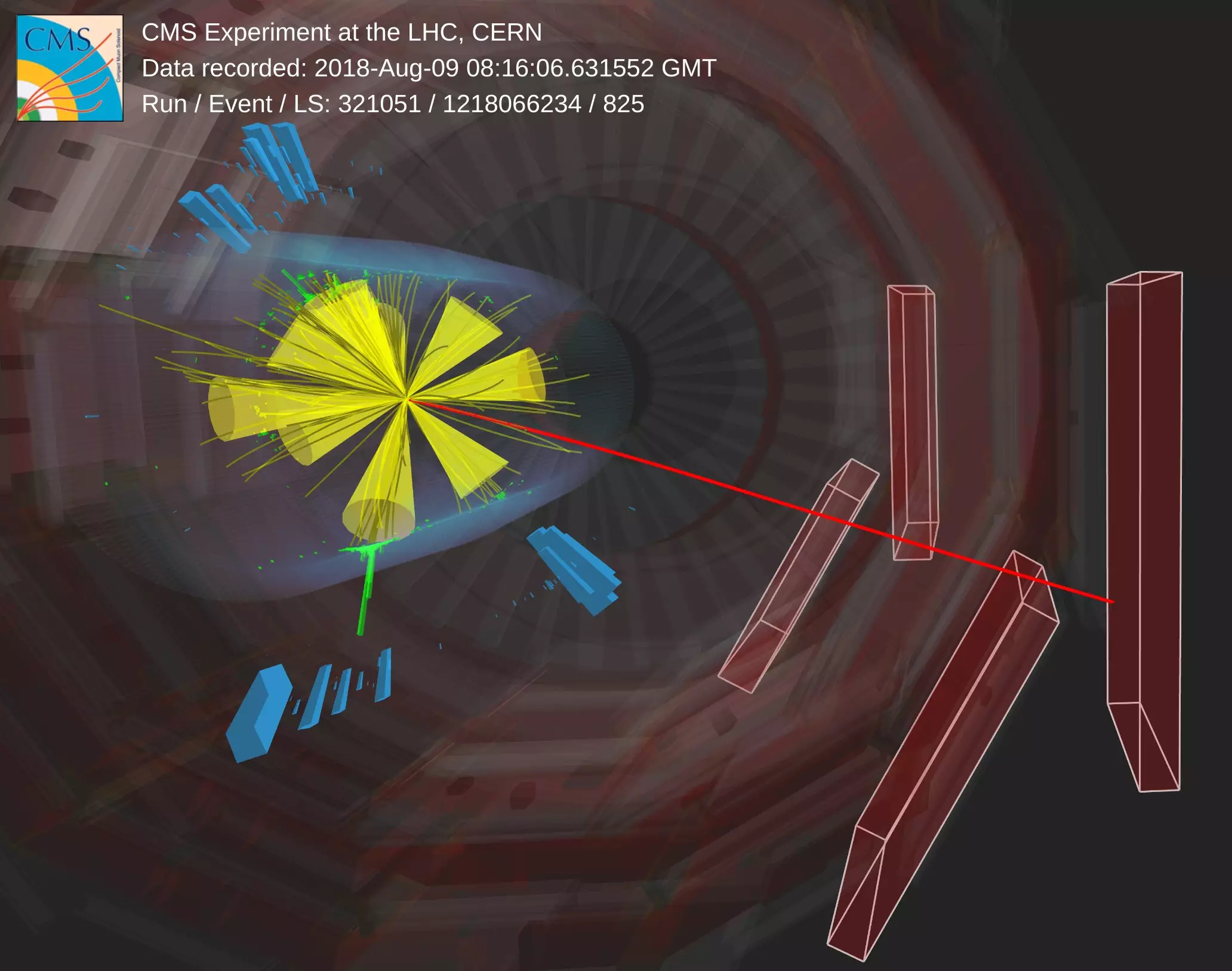Supersymmetry (SUSY) is a theoretical framework in particle physics that posits the existence of a “superpartner” for every known particle. This theory, if proven correct, could help answer some of the fundamental questions in the field.
In 2021, the CMS collaboration at the Large Hadron Collider (LHC) analyzed data collected from 2016 to 2018 in the hopes of finding evidence of stop particles, the superpartners of the top quark. The initial analysis showed promising features that deviated from known particle behavior, prompting a reexamination of the data.
One of the main challenges in the search for stop particles is differentiating the signal from background noise. The production of top quarks in the Standard Model can mimic the expected signal footprint, making it difficult to accurately estimate backgrounds using traditional methods like the ABCD method.
To overcome the issue of correlated variables in the stop search, scientists at CMS implemented advanced machine-learning techniques to identify two variables with minimal correlation. These variables were then used to partition the data into distinct regions for background estimation.
By utilizing this novel approach, the CMS collaboration was able to more accurately predict background contributions in their analysis, leading to a significant increase in sensitivity. While the 2021 analysis did not reveal a conclusive signal for stop particles, the revised methodology provided a clearer understanding of the data.
The absence of a signal in the analysis suggests that in certain SUSY scenarios, the stop particle must have a mass exceeding 700 GeV. This finding, while not confirming the existence of stop particles, provides valuable insights into the potential mass range of these elusive superpartners.
With the enhanced analysis method now in place, physicists are poised to continue their search for supersymmetry particles in the ongoing LHC Run 3. The improved sensitivity and accuracy of the new approach offer hope for uncovering the secrets of the universe hidden within the data collected at the world’s largest particle accelerator.
The pursuit of supersymmetry particles at the LHC is a complex and challenging endeavor that requires innovative analytical techniques and a deep understanding of particle interactions. While the 2021 analysis did not yield the anticipated results, the advancements made in background estimation and sensitivity improvements pave the way for future discoveries in the field of particle physics. The quest to unravel the mysteries of the universe continues, as scientists push the boundaries of knowledge and exploration at the cutting edge of modern physics research.


Leave a Reply